MW 5x1 / N38 - neodymium magnet
cylindrical magnet
catalog number 010082
GTIN: 5906301810810
diameter Ø
5
mm [±0,1 mm]
height
1
mm [±0,1 mm]
magnetizing direction
↑ axial
capacity ~
0.28 kg / 2.75 N
magnetic induction ~
229.95 mT / 2,300 Gs
max. temperature
≤ 80
°C
catalog number 010082
GTIN: 5906301810810
diameter Ø
5 mm [±0,1 mm]
height
1 mm [±0,1 mm]
magnetizing direction
↑ axial
capacity ~
0.28 kg / 2.75 N
magnetic induction ~
229.95 mT / 2,300 Gs
max. temperature
≤ 80 °C
0.15 ZŁ gross price (including VAT) / pcs +
0.12 ZŁ net price + 23% VAT / pcs
bulk discounts:
need more quantity?Don't know what to choose?
Give us a call tel: +48 888 99 98 98 or contact us through contact form on the contact page. You can check the strength and the appearance of neodymium magnet in our magnetic mass calculator force calculator
Orders placed by 2:00 PM will be shipped on the same business day.
Specification: cylindrical magnet 5x1 / N38 ↑ axial
Magnetic properties of the material N38
Physical properties of sintered neodymium magnets Nd2Fe14B
Moreover, although neodymium is a component of the strongest magnets, they are susceptible to corrosion in humid environments. Therefore, they are coated with a thin layer of gold-nickel to increase their durability. It's worth noting that NdFeB neodymium magnets are about 13% lighter than SmCo magnets and, despite their power, easily break, which requires special caution during their handling. Therefore, any mechanical processing should be done before they are magnetized.
In terms of safety, there are several recommendations regarding the use of these magnets. They should not be used in acidic, basic, organic environments or in solvents, and also in water or oil. Additionally, they can distort data on magnetic cards and hard drives, although data deletion using a neodymium magnet is not guaranteed.
In terms of properties in different environments, neodymium magnets are susceptible to corrosion, especially in conditions of high humidity. Therefore, they are often coated with coatings, such as silver, to protect them from environmental factors and extend their lifespan. High temperatures exceeding 130°C can cause a loss of their magnetic properties, although there are specific types of neodymium magnets that can withstand temperatures up to 230°C.
As for risks, it is important to avoid using neodymium magnets in acidic conditions, basic conditions, organic or solvent environments, unless they are properly protected. Additionally, their use is not recommended in wet conditions, oil, or in an environment containing hydrogen, as they may lose their magnetic properties.
Recommended articles for purchase
Advantages as well as disadvantages of neodymium magnets NdFeB.
Apart from immense power, neodymium magnets have the following advantages:
- They do not lose strength over time. After 10 years, their power decreases by only ~1% (theoretically),
- They protect against demagnetization caused by external magnetic field very well,
- In other words, thanks to the glossy nickel, gold, or silver finish, the element gains an aesthetic appearance,
- They have very high magnetic induction on the surface of the magnet,
- Thanks to their high temperature resistance, they can operate (depending on the shape) even at temperatures up to 230°C and above...
- Thanks to the flexibility in shaping or the ability to adapt to specific requirements – neodymium magnets can be produced in many variants of shapes or sizes, which expands the range of their possible uses.
- Key role in modern technologies – are utilized in HDD drives, electric motors, medical apparatus and very highly developed apparatuses.
Disadvantages of neodymium magnets:
- They can break when subjected to a powerful impact. If the magnets are exposed to impacts, we recommend using magnets in a steel housing. The steel housing in the form of a holder protects the magnet from impacts, and at the same time increases its overall strength,
- They lose strength at high temperatures. Most neodymium magnets experience permanent loss of strength when heated above 80°C (depending on the form and height). However, we also offer special magnets with high temperature resistance, up to 230°C,
- Magnets exposed to a humid environment can corrode. Therefore, when using them outdoors, we suggest using waterproof magnets made of rubber, plastic, or other moisture-resistant materials,
- Limited ability to create threads or complex shapes in the magnet - the use of a housing is recommended - magnetic holder
- Health risk to health from tiny fragments of magnets pose a threat, if swallowed, which becomes significant in the aspect of protecting young children. Additionally, miniscule components of these devices can be problematic in medical diagnosis when they are in the body.
Safety Precautions
Make sure not to bring neodymium magnets close to the TV, wallet, and computer HDD.
Strong magnetic fields emitted by neodymium magnets can damage magnetic storage media such as floppy disks, credit cards, magnetic ID cards, cassette tapes, video tapes, or other devices. In addition, they can damage televisions, VCRs, computer monitors, and CRT displays. Avoid placing neodymium magnets in close proximity to electronic devices.
Neodymium magnets are the strongest magnets ever invented. Their strength can shock you.
Please review the information on how to handle neodymium magnets and avoid significant harm to your body, as well as prevent unintentional damage to the magnets.
The magnet coating is made of nickel, so be cautious if you have an allergy.
Studies show a small percentage of people have allergies to certain metals, including nickel. An allergic reaction often manifests as skin redness and rash. If you have a nickel allergy, try wearing gloves or avoid direct contact with nickel-plated neodymium magnets.
Neodymium magnets can become demagnetized at high temperatures.
While Neodymium magnets can demagnetize at high temperatures, it's important to note that the extent of this effect can vary based on factors such as the magnet's material, shape, and intended application.
Dust and powder from neodymium magnets are highly flammable.
Do not attempt to drill into neodymium magnets. Mechanical processing is also not recommended. If the magnet is crushed into fine powder or dust, it becomes highly flammable.
Never bring neodymium magnets close to a phone and GPS.
Neodymium magnets generate strong magnetic fields that interfere with magnetometers and compasses used in navigation, as well as internal compasses of smartphones and GPS devices.
Neodymium magnets should not be near people with pacemakers.
Neodymium magnets generate strong magnetic fields. As a result, they interfere with the operation of a pacemaker. This happens because such devices have a function to deactivate them in a magnetic field.
Neodymium magnets are extremely fragile, resulting in breaking.
Neodymium magnets are characterized by considerable fragility. Magnets made of neodymium are made of metal and coated with a shiny nickel, but they are not as durable as steel. In the event of a collision between two magnets, there may be a scattering of fragments in different directions. Protecting your eyes is crucial in such a situation.
It is crucial not to allow the magnets to pinch together uncontrollably or place your fingers in their path as they attract to each other.
Magnets attract each other within a distance of several to around 10 cm from each other. Remember not to put fingers between magnets or in their path when attract. Depending on how huge the neodymium magnets are, they can lead to a cut or a fracture.
Magnets are not toys, youngest should not play with them.
Not all neodymium magnets are toys, so do not let children play with them. In the case of small magnets, they can be swallowed and cause choking. In such cases, the only solution is to undergo surgery to remove the magnets, and otherwise, it can even lead to death.
So you are aware of why neodymium magnets are so dangerous, read the article titled How dangerous are very strong neodymium magnets?.

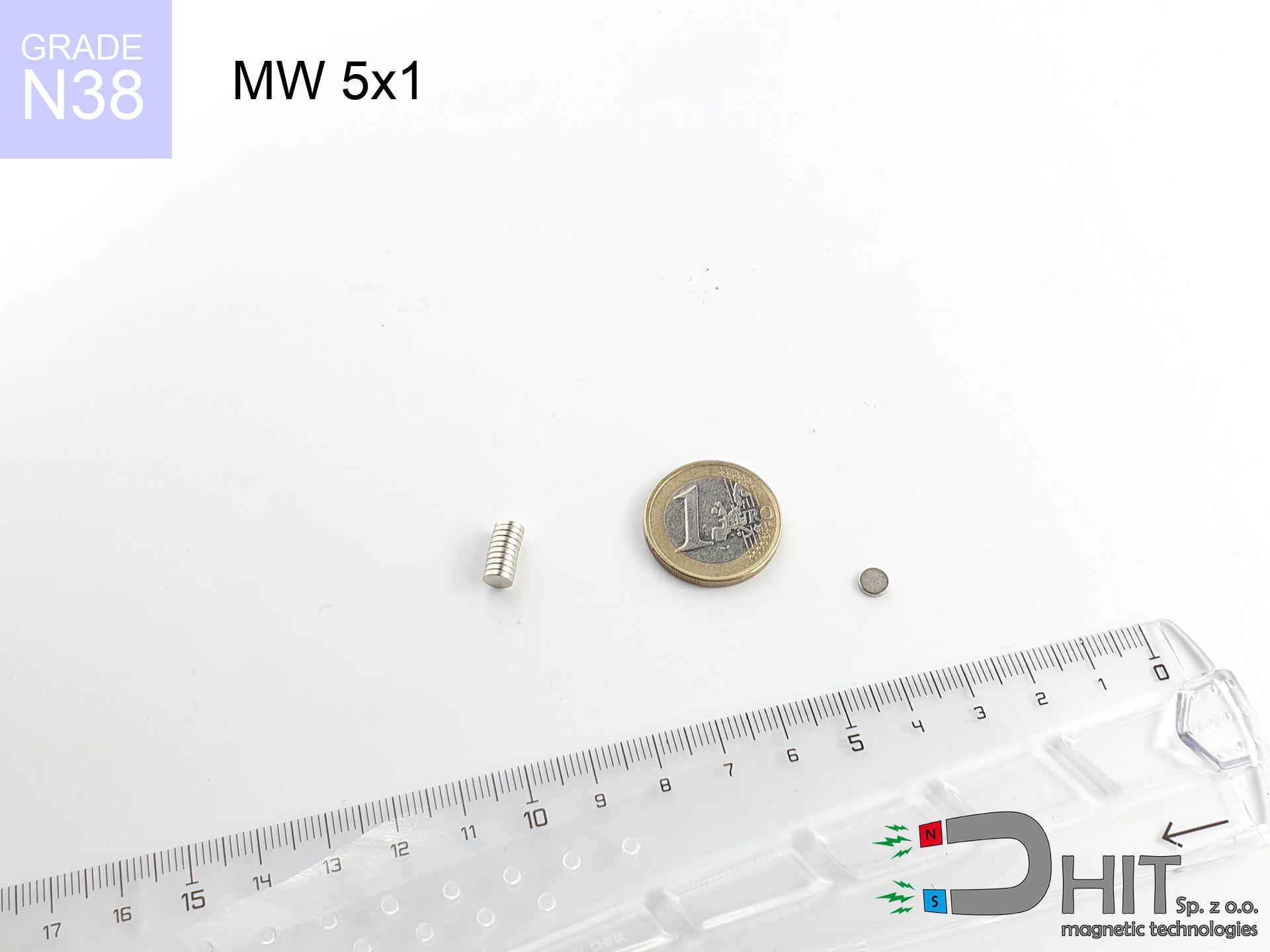
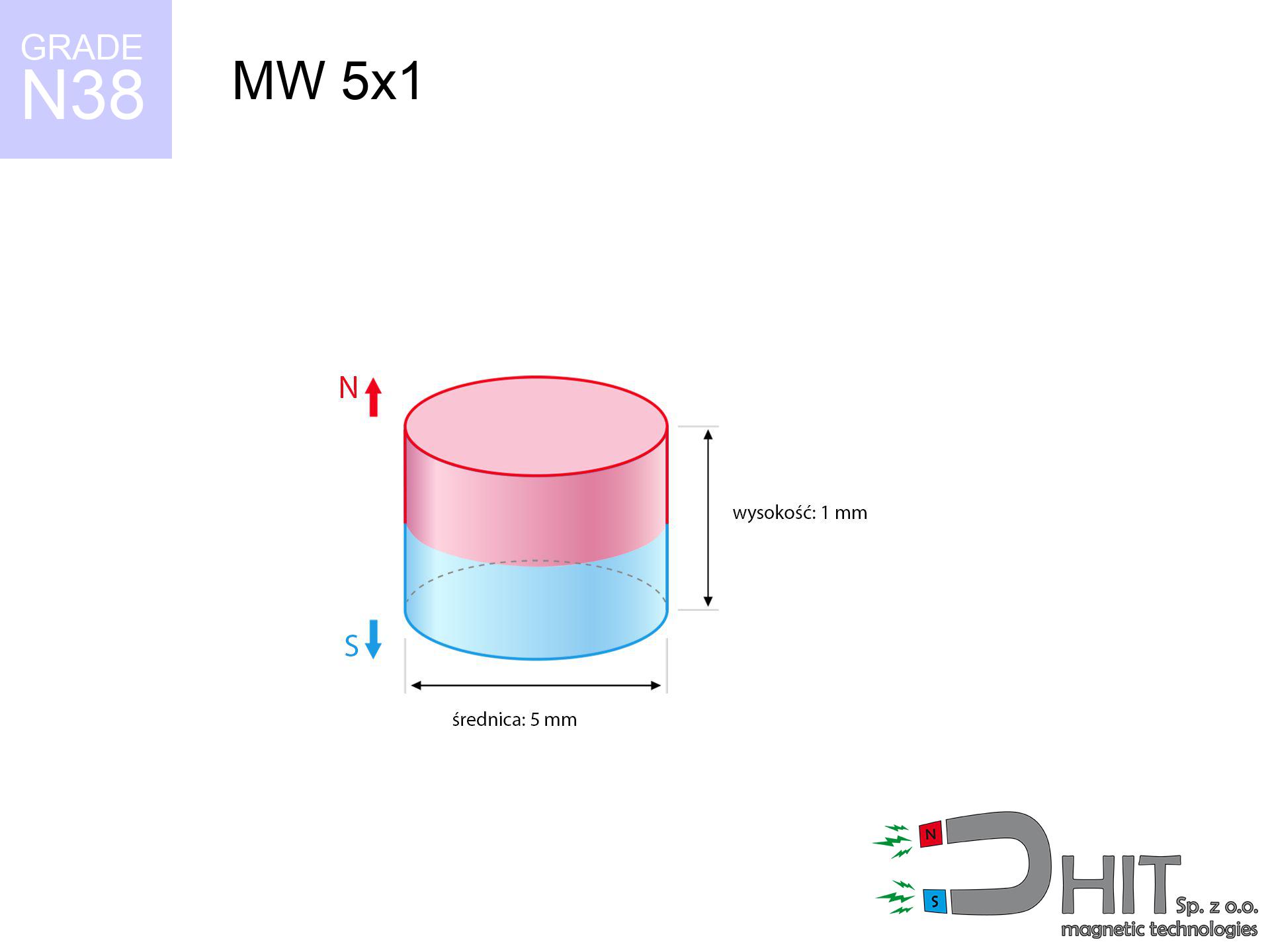
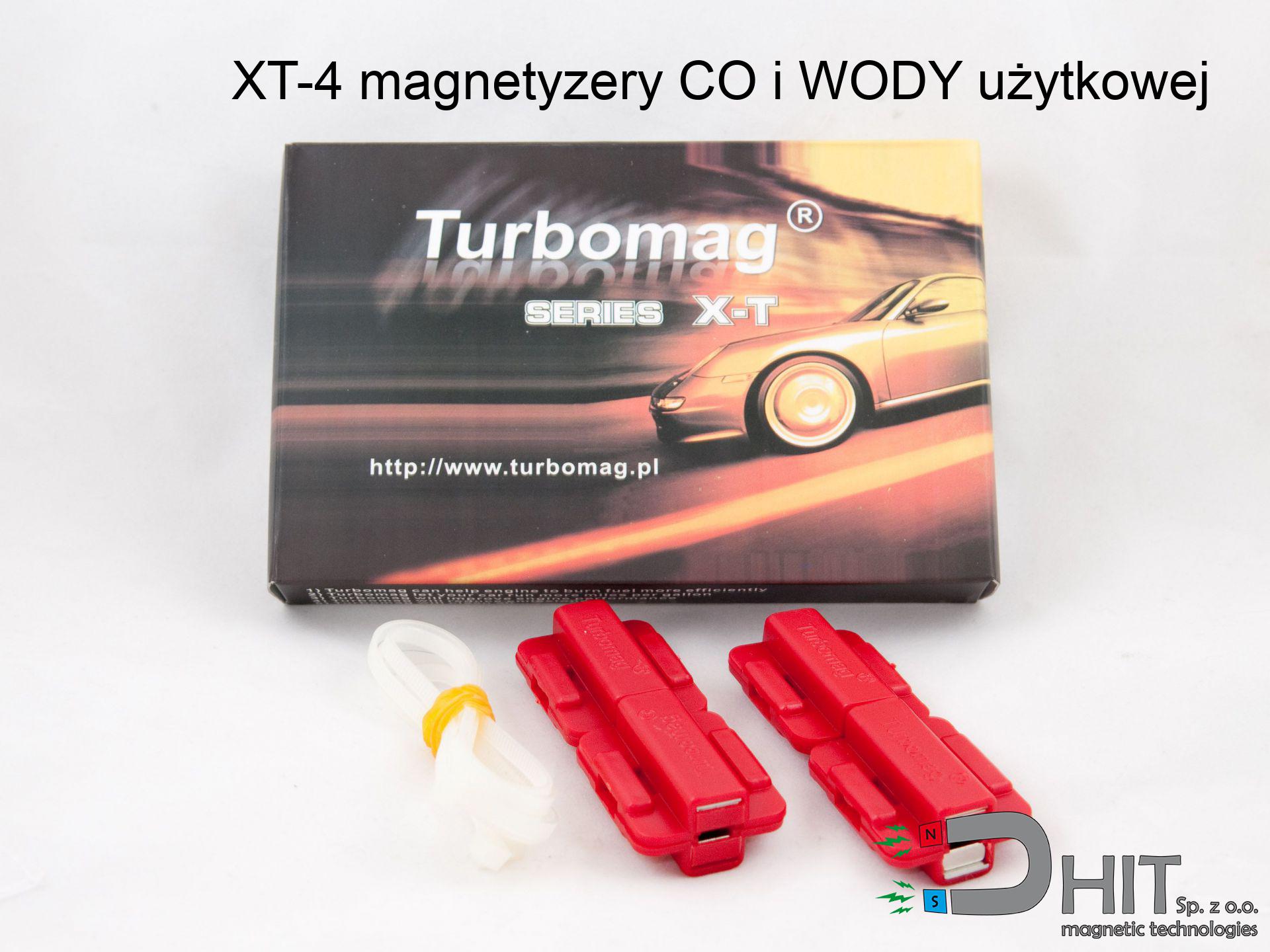
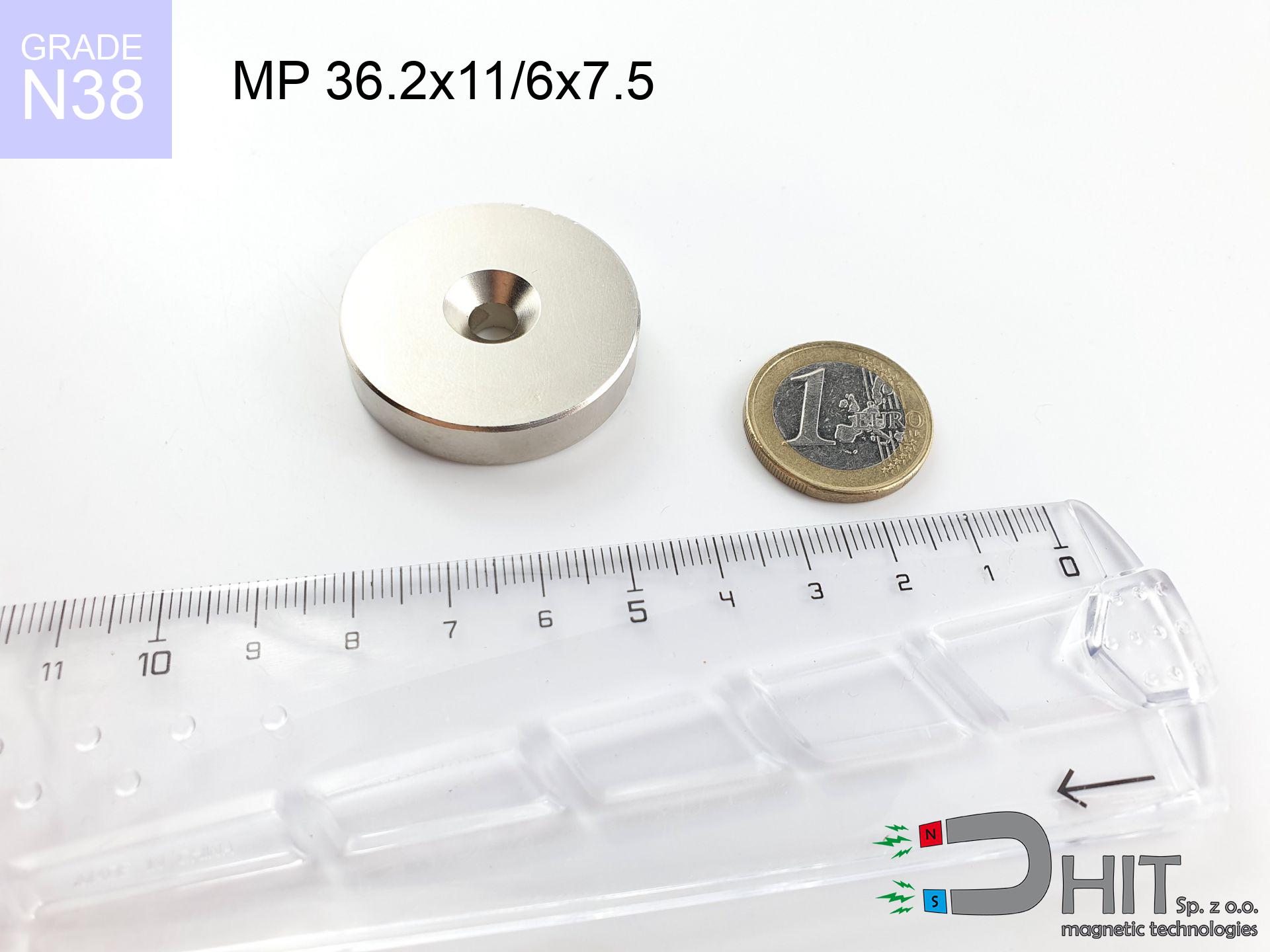
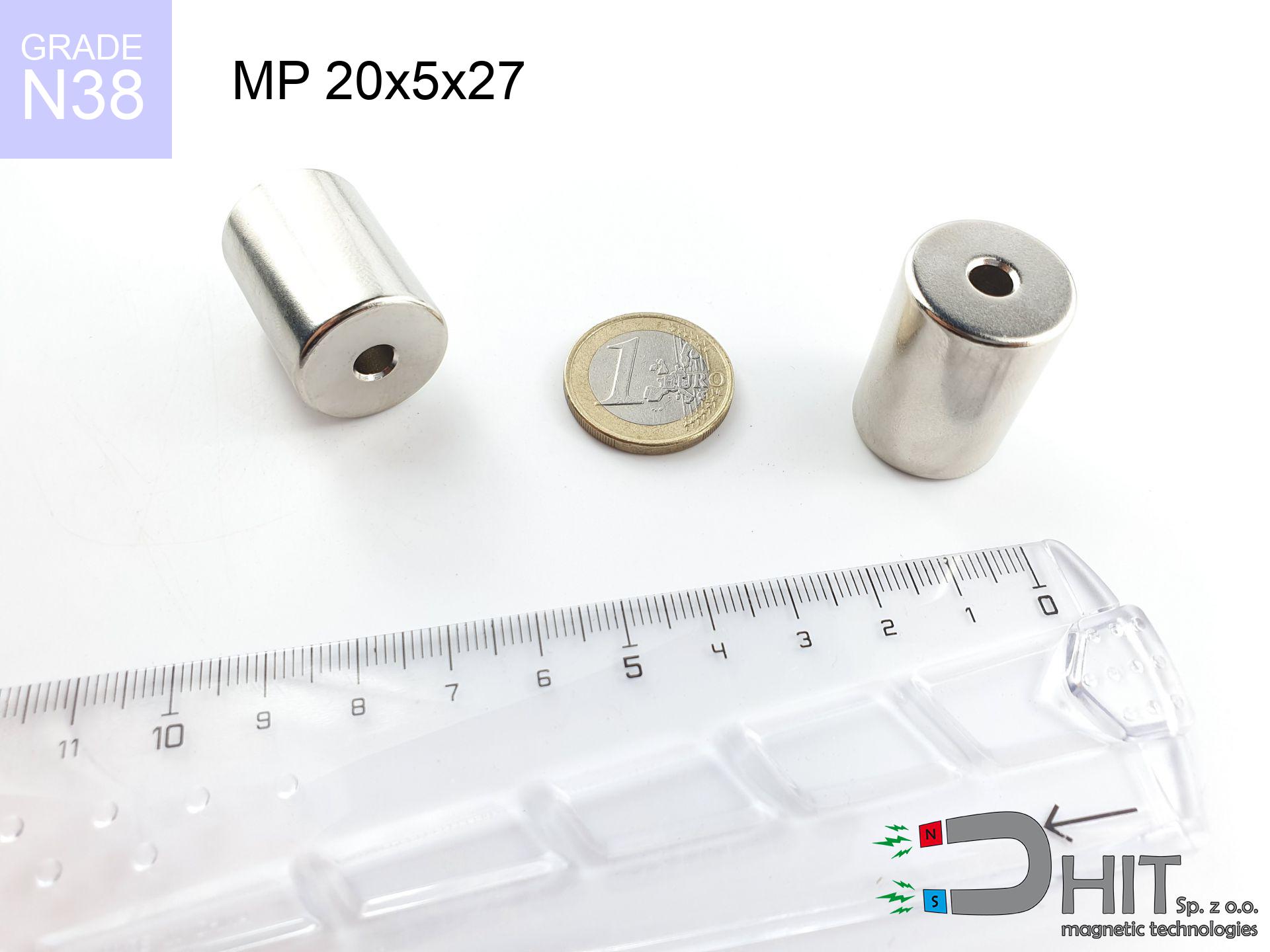
![magnetic accessories ucho [M8] magnetic accessories ucho [M8]](https://cdn3.dhit.pl/graphics/products/am-ucho-m8-lib.jpg)

